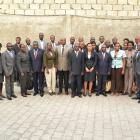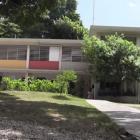ADVERTISEMENT
Photos
Storm Tips, how to deal with Down Powerline
It is the general practice of power companies to shut down electricity during storms of a certain category or higher. Still, when there are downed power lines before, during or after a storm, precaution must be taken on the part of civilians to ensure their own safety. One must never touch a down line either directly or indirectly. Do not pass underneath electrical equipment and alert the authorities as soon as a downed wire or line is noticed. Do not touch someone who is being shocked by a downed wire and salvaging the wood from downed poles for fires is ill-advised due to the chemicals used in preserving the wood.
Storm Tips in Haiti - Billboard Danger
Billboards have been our constant companions on the road for as long as advertising has mattered, but after the recent decision made by Reginal Delva, Secretary of State for Public Safety, their presence during the hurricane season will be greatly diminished. Citing the risk posed to the lives of people during a hurricane by falling billboards, Delva has given the demand that billboards be removed temporarily by the companies who own them. These companies are said to have given their agreement, a decision aided by the planned sanctions to be taken against those who do not comply.
Home Building in Haiti and the lack of Building Code enforcement
Haiti has a building code; it is the enforcement of this code which is lacking. While understandable in the case of the poor who cannot afford the extra money it will cost to safe-guard the integrity of their houses, one is left to wonder where the Code Enforcement Officers were when many schools, government buildings, churches and hospitals were being built. It is of great importance that, going forward, the collapsed buildings are not being replaced by much of the same.
Construction Materials in Building in Haiti
It is estimated that 90% of the buildings in Haiti were made from materials not suited for earthquake resistance. The costs to build a structure that can withstand earthquake tremors can rise to anywhere from 10% to 20% of the building costs. Finding these costs prohibitive, most people opt out of the precaution as they simply can't afford it. The materials most commonly used include a mixture of branches, twigs and sticks called clisse, stone, bricks, earth and cement. Duplicitous contractors will use unrefined sand and limestone dust to make a cheaper, and consequently weaker concrete.
The informality of building construction in Haiti
Many experts, including OAS Department of Sustainable Development director, Cletus Springer and seismologist, Ian Main agree that the catastrophic effects of the 2010 earthquake were aided by the informality of the buildings' constructions. Not only is this true for housing constructed for and by the poor, but even in official business buildings. The neglect of the strictures of the building code led to the loss of infrastructure in 80% of the schools, 60% of the hospitals and all but one of the government buildings in Haiti.
Home Building in Haiti - Inadequate Lateral Load Resisting
Weighty concrete ceiling and floor slabs were made for hurricane weather. During an earthquake, the construction of most low-rise buildings meant the walls were dislodged and discharged. The confined masonry system should have worked well under those conditions, but, the frames built in Haiti were mostly inadequately designed and were not integrated enough with beams and columns that were reinforced. As a result, the walls do not have the in-plane load bearing capabilities necessary to withstands strong tremors.
Home Building in Haiti - Code and Code Enforcement
With Haiti being without its own building code, the cue for most builders usually comes from Europe or the U.S. While the Caribbean has its own code, CUBiC, (Caribbean Uniform Building Code), few Haitian engineers employ the standards. Further to that, most buildings were not even built based on designs by an engineer. Permits must be sought for builds, but plan checks and construction inspections are rare and, as such, many buildings are not up to code, making them susceptible to collapse and degradation, especially since they are not diligently maintained.
Home Built on shaky ground in Haiti
A typical house in Haiti starts with a foundation about a meter in depth. For homes and buildings built on an incline, the foundation can rise to as much as 2 meters above the ground. Concrete masonry units, not fired clay bricks, as were prevalent in the 19th century, are used for walls. The unreinforced units are given frame by concrete columns which are reinforced lightly. Slab roofs and floors are common, with one layer of reinforcement for a 4 to 6 inch thickness. These structures are usually single-storied, but are also as tall as two or three stories.
Haiti Police SWAT Team
The Haitian National Police's specialized SWAT unit recently celebrated its 17th anniversary in the presence of Prime Minister Laurent Lamothe who brought with him the commendation of President Martelly. He disclosed in a briefing that, through the efforts of the SWAT team and the wider Haitian Police, safety is improving in the country. The instances of crimes of violence, including kidnappings, have gone down due to the continued patrolling of the streets, preventing criminals from finding locations to operate.
RNDDH reported that Haitian Government knew who kidnapped Moscoso
The news is that The Haitian Government knew way ahead of time who kidnapped Moscoso children.
The National Network for the Defense of Human Rights (RNDDH) has made public important facts about Clifford Brandt Network
The report indicated that the current Haitian government had information about who had kidnapped Nicolas Moscoso and Coralie Moscoso

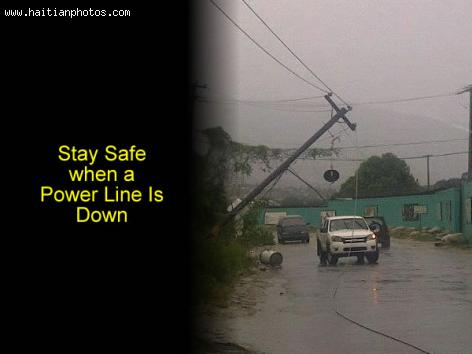
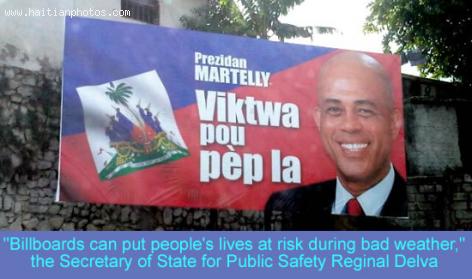
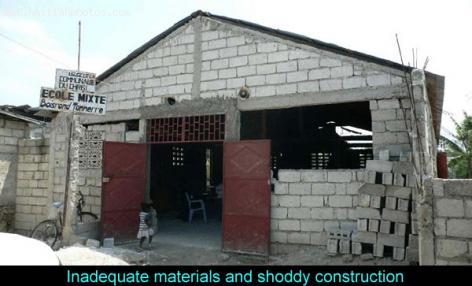
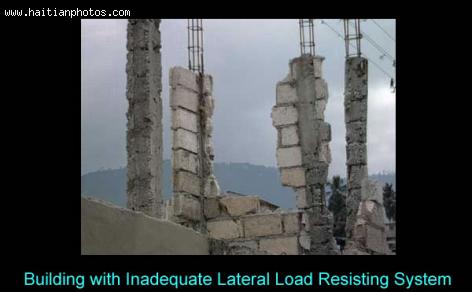
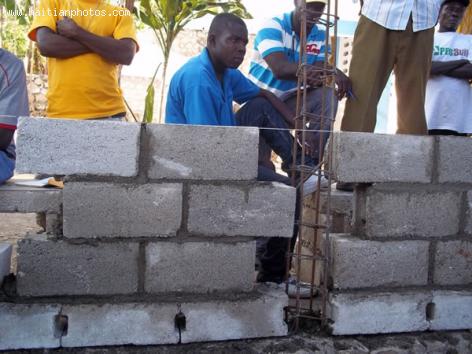
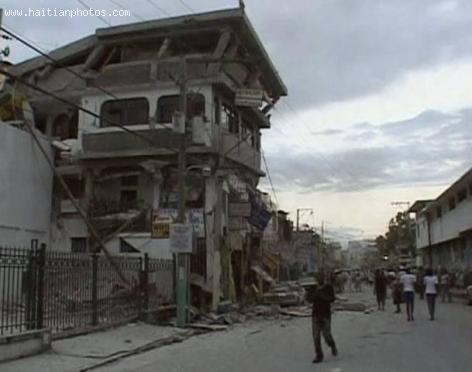
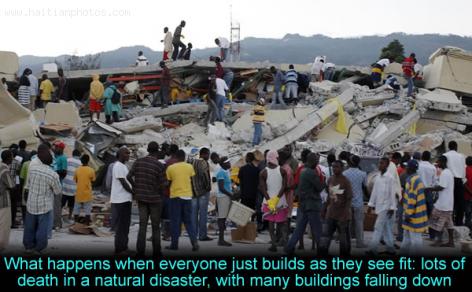
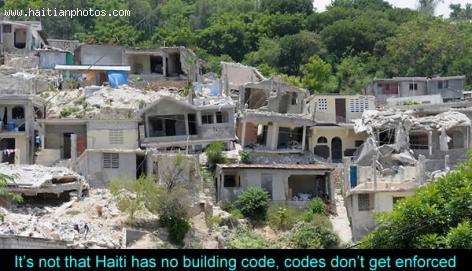
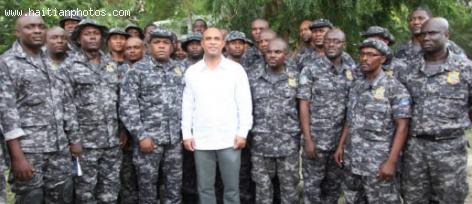

 Royal Decameron Indigo and White sands
Royal Decameron Indigo and White sands 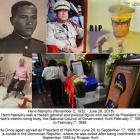 Henri Namphy Haitian General and President , buried in...
Henri Namphy Haitian General and President , buried in... 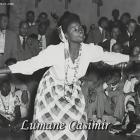 Lumane Casimir And Songs
Lumane Casimir And Songs 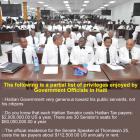 Partial list of privileges enjoyed by Government officials in...
Partial list of privileges enjoyed by Government officials in... 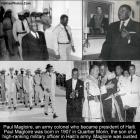 Paul Eugène Magloire, born in Quartier Morin
Paul Eugène Magloire, born in Quartier Morin  Commissioner Frantz Pierre indicted for accepting bribes
Commissioner Frantz Pierre indicted for accepting bribes 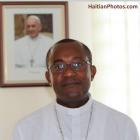 Pope Francis appointed Mgr. Launay Saturne Archbishop of...
Pope Francis appointed Mgr. Launay Saturne Archbishop of...  Philippe Vorbe entered world football Hall of Fame, CONCACAF
Philippe Vorbe entered world football Hall of Fame, CONCACAF 